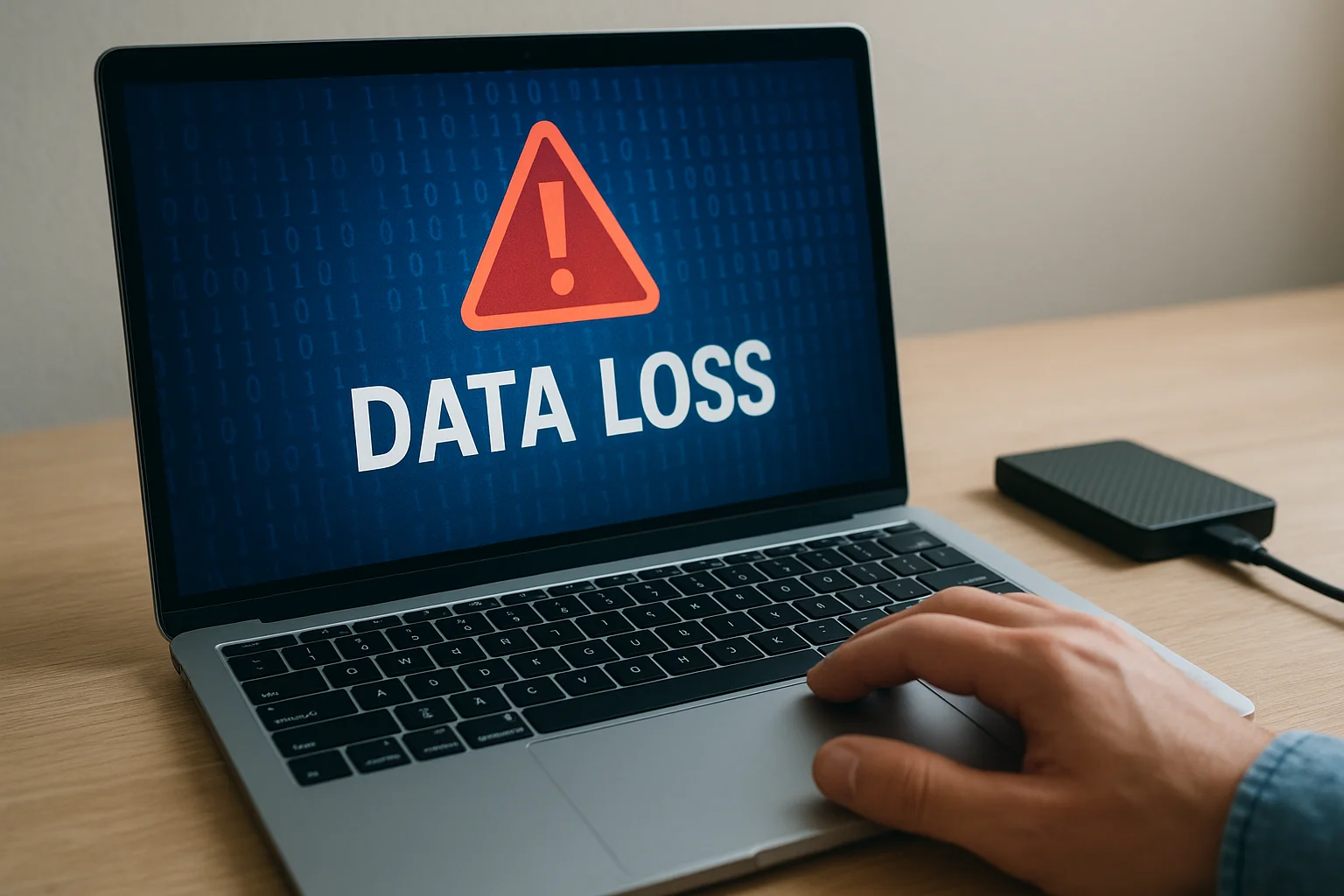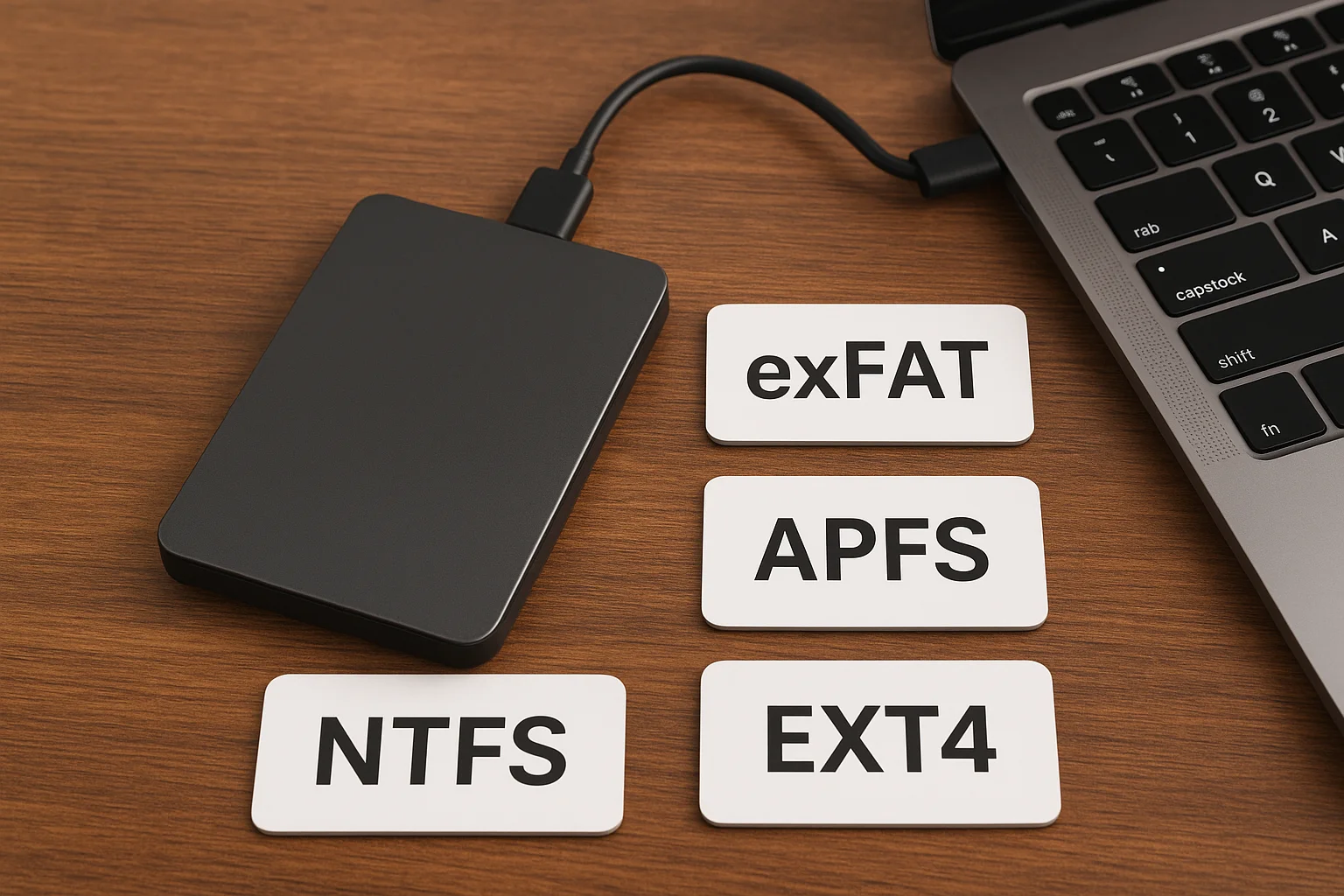Hardware Failures: When Your Devices Let You Down
One of the most common causes of data loss is hardware failure. This can affect any device that stores data, including hard drives, SSDs, USB drives, and even servers. Over time, mechanical parts wear out, electronic components degrade, or sudden power surges can damage storage devices, leading to permanent loss of important files.
Hard drive crashes are particularly notorious. Traditional spinning drives (HDDs) have moving parts that are susceptible to wear and tear. Signs of impending failure can include strange noises such as clicking or grinding, frequent system crashes, and slow read/write speeds. Solid-state drives (SSDs), while more resilient mechanically, can fail due to memory cell degradation or controller issues.
Power surges and electrical problems are another frequent culprit. A sudden spike in electricity can fry internal circuits of storage devices, making the data inaccessible. Using surge protectors or uninterruptible power supplies (UPS) can significantly reduce this risk.
Environmental factors also play a critical role. High temperatures, excessive humidity, dust accumulation, and vibrations can accelerate hardware degradation. For example, a laptop exposed to heat for prolonged periods or a hard drive repeatedly knocked during operation is much more likely to fail prematurely.
Preventing hardware-related data loss involves proactive measures. Regularly checking device health through SMART diagnostics, ensuring proper ventilation, and avoiding physical shocks can extend the lifespan of your storage hardware. Additionally, maintaining multiple backups of your critical files is essential, since no hardware, no matter how reliable, is immune to unexpected failure.
Software Glitches and Corrupt Files
Software glitches and file corruption are frequent but often overlooked causes of data loss. These issues can occur when programs crash unexpectedly, updates fail, or applications encounter bugs that interfere with normal file operations. Even well-tested software can experience errors due to conflicts with other programs or the operating system.
File corruption can happen for many reasons. Sudden power loss during a save operation, improper shutdowns, or interruptions while transferring files can leave them in an unusable state. Additionally, certain software bugs or memory errors can modify file structures, making documents, images, or databases unreadable.
Operating system issues can also lead to data loss. Corruption of system files, failed updates, or misconfigured drivers can prevent applications from accessing data correctly. In worst-case scenarios, entire file systems may become inaccessible, requiring advanced recovery tools to retrieve files.
Some file types are more vulnerable than others. Large databases, spreadsheets, and multimedia files are particularly susceptible to corruption if the saving process is interrupted or the application malfunctions. Regularly using software with auto-save features and keeping applications up to date can reduce the risk of accidental data loss.
Preventing data loss from software glitches involves both good habits and tools. Maintaining regular backups, using reliable antivirus software, and running system diagnostics can help identify potential problems early. Additionally, validating files after critical operations ensures that corruption is detected promptly, minimizing the impact on important data.
Human Error: The Most Common Cause of Data Loss
Human error is widely recognized as the leading cause of data loss, affecting individuals and organizations alike. Simple mistakes such as accidentally deleting files, overwriting important documents, or formatting the wrong drive can lead to significant data loss. Even experienced users are not immune to these types of errors.
Mistakes during file handling are among the most common. Users may unintentionally move files to the wrong location, rename critical files incorrectly, or misplace folders, making the data difficult to locate. In professional environments, improper file permissions or accidental deletion by team members can amplify the problem.
Errors during system maintenance or software updates are also frequent. For example, failing to follow proper backup procedures before installing updates, or incorrectly configuring software settings, can result in corrupted or lost data. Similarly, inexperienced users may perform risky operations like attempting to recover files without proper guidance, which can worsen the situation.
Even actions that seem harmless, such as plugging in the wrong USB device, downloading unsafe files, or accidentally closing applications without saving work, can trigger data loss. Multitasking without caution increases the likelihood of such mistakes, especially under pressure or tight deadlines.
Preventing data loss due to human error involves a combination of awareness and tools. Educating users on safe file handling, implementing strict access controls, and enabling versioning and recovery options in software can reduce the impact of accidental mistakes. Additionally, maintaining regular, automated backups ensures that even if a human error occurs, critical data can be quickly restored.
Malware and Cyberattacks: The Invisible Threats
Malware and cyberattacks pose a serious but often invisible risk to data integrity. From ransomware that encrypts files to spyware that silently steals sensitive information, malicious software can compromise both personal and organizational data without immediate detection. These threats are increasingly sophisticated and can bypass traditional security measures if users are not vigilant.
Ransomware attacks are among the most damaging types of malware. They encrypt valuable files and demand a ransom for decryption, effectively locking users out of their own data. Even if the ransom is paid, recovery is not guaranteed, making prevention and regular backups essential.
Other forms of malware, such as viruses, trojans, and worms, can corrupt files, modify system settings, or cause applications to behave unpredictably. Attackers often use phishing emails, malicious downloads, or compromised websites to spread these threats, making user awareness a critical component of protection.
Cyberattacks extend beyond malware. Hacking attempts can lead to unauthorized access, data breaches, and theft of confidential information. Weak passwords, unpatched software, and unsecured networks increase the risk, allowing attackers to manipulate, delete, or exfiltrate data without the user’s knowledge.
Preventing data loss from these invisible threats requires a multi-layered approach. Installing and regularly updating reputable antivirus software, using firewalls, practicing safe browsing habits, and keeping software patched are fundamental steps. Additionally, regular backups and data encryption ensure that even in the event of a breach or attack, sensitive files remain recoverable and secure.






